The currency used in Bali is the Indonesian Rupiah, as Bali is one of 17,508 islands that make up the Indonesian archipelago, and is the only widely accepted currency in use in Bali. Indonesian Rupiah comes in denominations of 2,000, 5,000, 10,000, 20,000, 50,000 and 100,000 rupiah banknotes.
What currency is used in Bali?
Unlike some other South-East Asian countries, US dollars are not widely accepted. Although some large hotel and tour operators will accept them, I don’t recommend this as the exchange rate they charge is not nearly as good as using a money changer.
The 100,000 Rupiah note is the largest and is worth approximately AUD$9 or USD$7 at the time of writing (see the currency exchange table below for real-time rates).
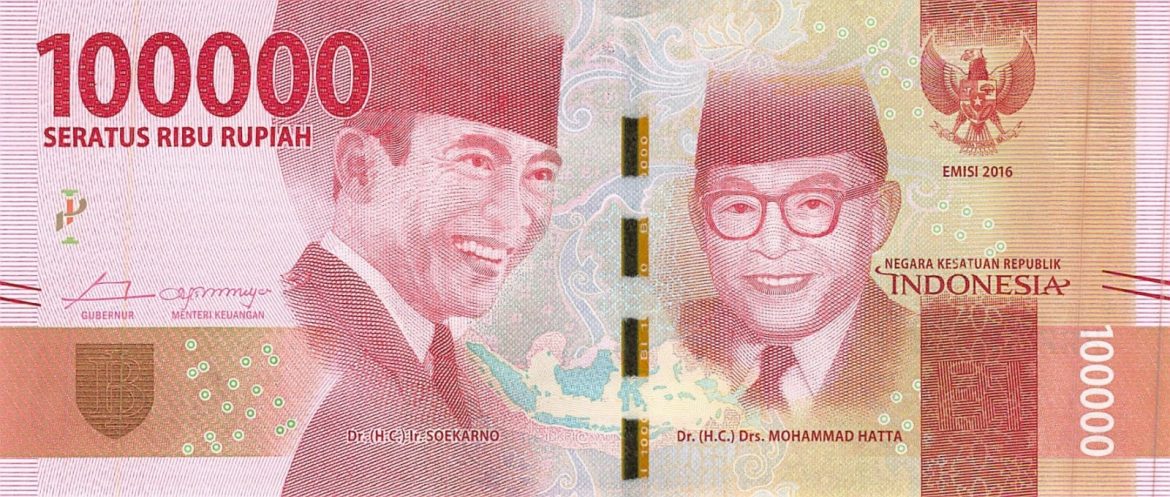
You can get a decent meal at a cafe for under 100,000 Rupiah.
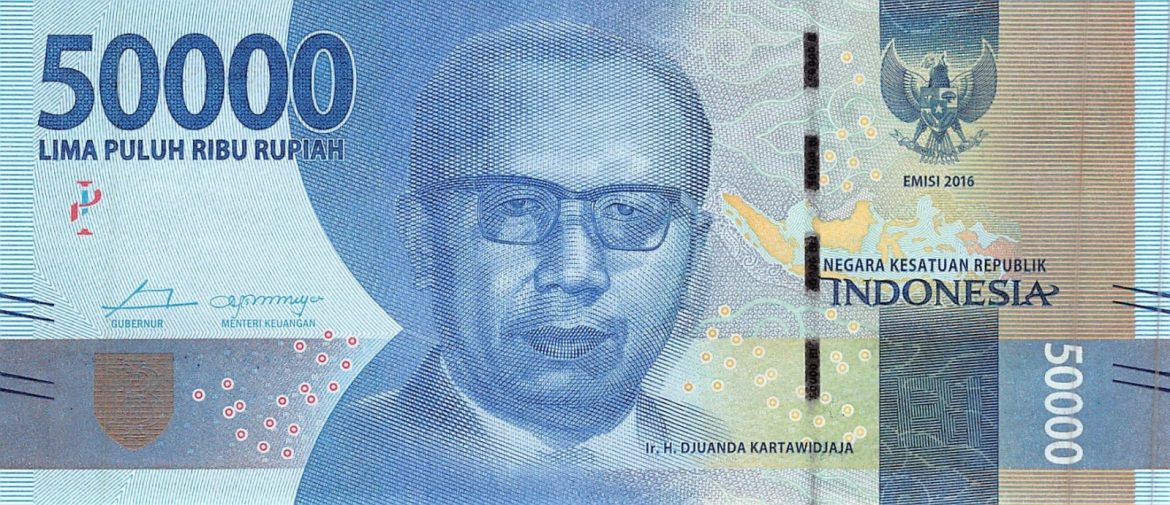
50,000 will buy you a cup of coffee at a cafe or hoptel restuarant frequented by tourists once the dreaded plus-plus is added. See below for more on what plus-plus (++) means.
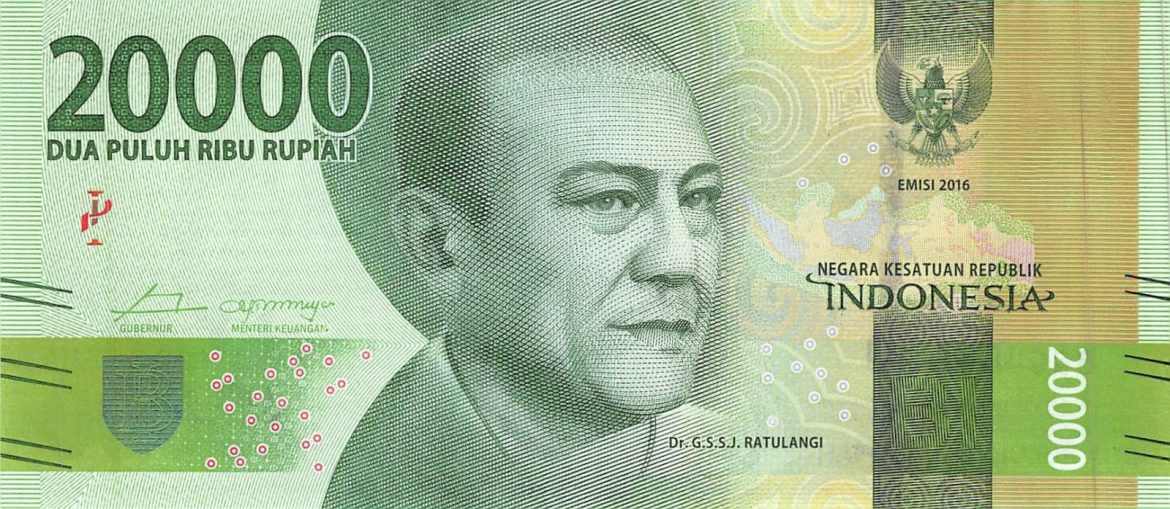
20,000 Rupiah will buy you some local street food from a street-side vendor or local hole-in-the-wall cafes, like nasi goreng or a small portion of babi guling. Check out my guide to street food for more details.
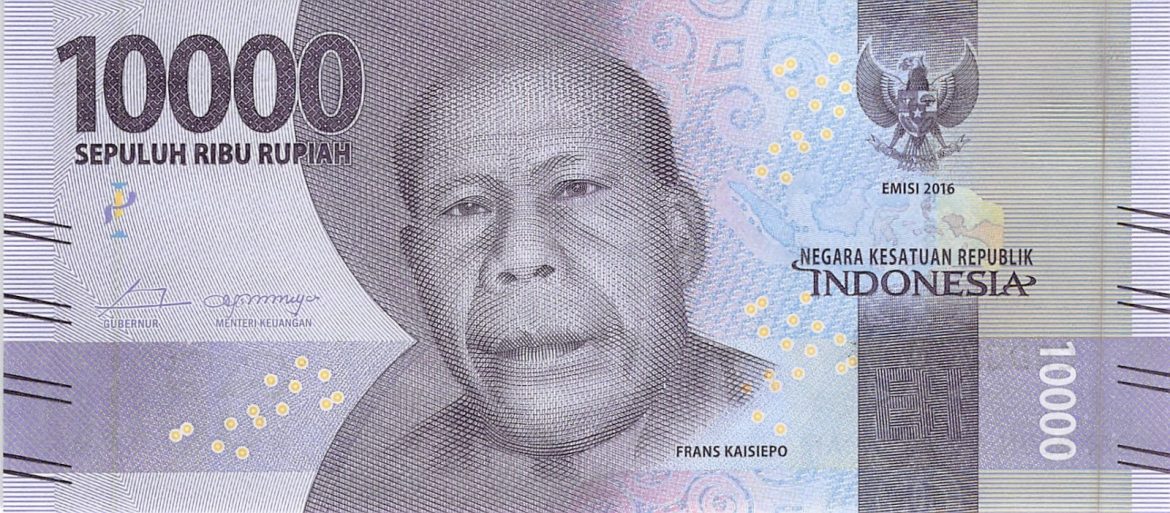
Keep a stash of these in your wallet for tips. I’m writing a separate guide on tipping in Bali, but for now, handing someone a 10,000 Rupiah banknote as a tip in a cafe or for some small service is appreciated. Anything less than that marks you as being a cheapskate.
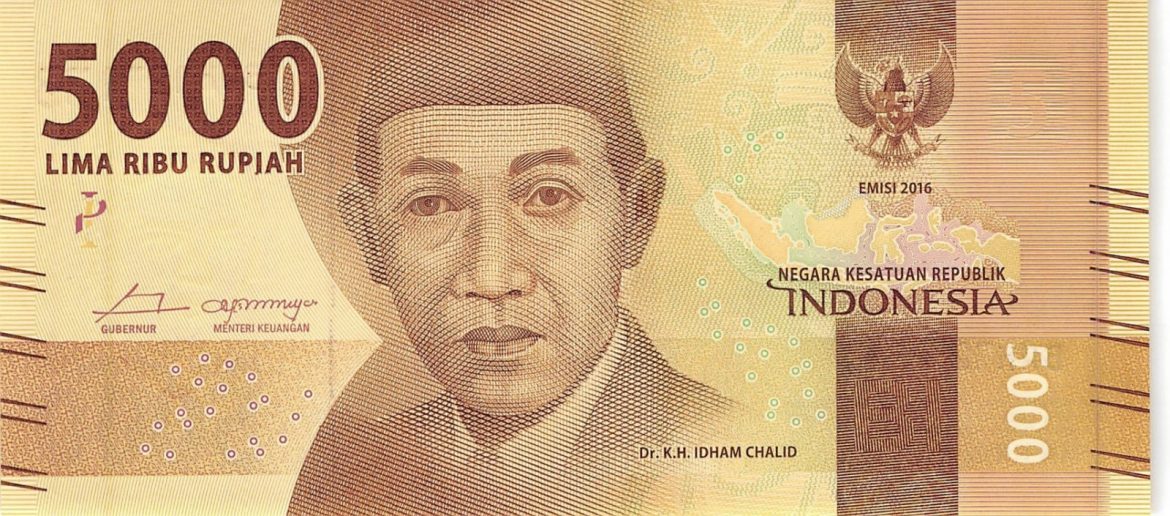
You can get a bottle of water at a local convenience store for less than IDR5,000. Although having said that, a bottle of water from a multi-national chain like Circle-K will cost more, around IDR 8,000.
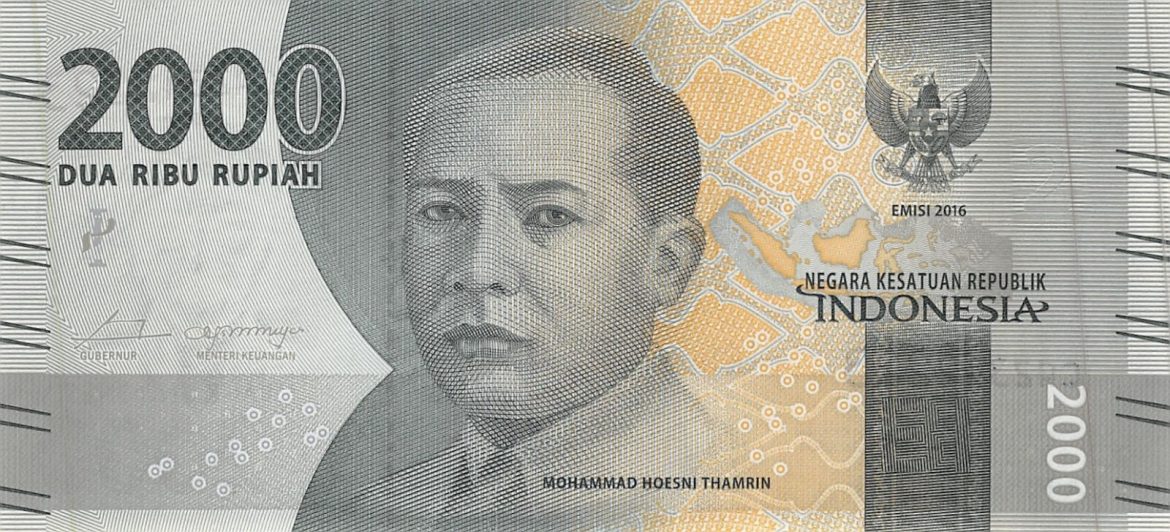
These are useful banknotes to keep in your wallet, especially for motorbike parking down at the beach or anywhere a local parking attendant is operating. If you are parking your motorbike and an attendant approaches, just hand him or her 2,000 Rupiah — although making it 5,000 or 10,000 Rupiah will not only be an act of goodwill but may help when it comes time to leave and your motorbike is buried among dozens of others.
Why are Bali banknotes so large?
Up until 1997, Indonesia used the managed floating rate currency exchange system and the government devalued the rupiah several times to boost exports and aid economic expansion. This caused the value of the Indonesian Rupiah (IDR) to drop against other currencies.
Since 1997, IDR has been a floating exchange with rates set by the international monetary markets. Over the past 7 years, the Indonesia Rupiah has been relatively stable, trading between:
- IDR 13,000 — 14,000 per USD$1
- IDR9,000 — 10,000 per AUD$1
That’s why something that cost around AUD$10 translates into an IDR 100,000 banknote. So getting sticker shock from a restaurant bill of AUD$100 is understandable when it says you need to pay 1,000,000 Rupiah.
What is the Bali Currency to the USD exchange rate?
You can check the current USD to IDR exchange rate here. You can also look up the real-time exchange between the Indonesian Rupiah and the Australian Dollar, Euro and almost every other international currency.
Please note this is the international inter-bank rate and is better than what you will get when using a local money changer to exchange your foreign cash for Bali currency.
However, it is pretty close to the rate you will get when using the Wise Debit Card (more on that below).
How much do things cost in Bali currency?
This list is by no means exhaustive but intended to give you an indication of what some of the things cost that you will likely be spending your money on while holidaying in Bali.
| Goods & Services | Bali Currency (IDR) |
|---|---|
| 375ml bottle of beer from a supermarket | 22,000 |
| 375ml bottle of beer from a restaurant | 45,000 |
| 2-star hotel room per night | 200,000 – 500,000 |
| 4-star hotel room per night | 500,000 – 2,000,000 |
| Local food (nasi goreng) | 20,000 – 40,000 |
| Burger at a cafe | 80,000 – 120,000 |
| Burger at restaurant | 120,000 – 200,000 |
| Fresh coconut from a street vendor | 20,000 – 30,000 |
Note this is assuming the total price after the dreaded plus-plus is added. More on what plus-plus means lower down the page.
If there is something I’ve missed let me know in the comments below and I’ll consider adding it to the list for future reference.
What does plus-plus mean for prices in Bali?
This refers to the 10-20% tax and 5-10% service charge (++) added to most bills that foreigners frequent. I’m writing a separate post on what plus-plus means (there is another meaning that I won’t go into here) and how to spot a place where this will apply.
What’s the best multi-currency card to use in Bali?
I’ve used many multi-currency debit cards while travelling extensively throughout South-East Asia, and without a doubt, the best is the Wise Debit Card.
I’ve written a comprehensive article on the Wise Debit card, but the major advantages go beyond just withdrawing cash at local ATMs, especially the ability to load the card from your local bank account and exchange currencies on the fly using their smartphone app at the best rates possible (way better than banks).
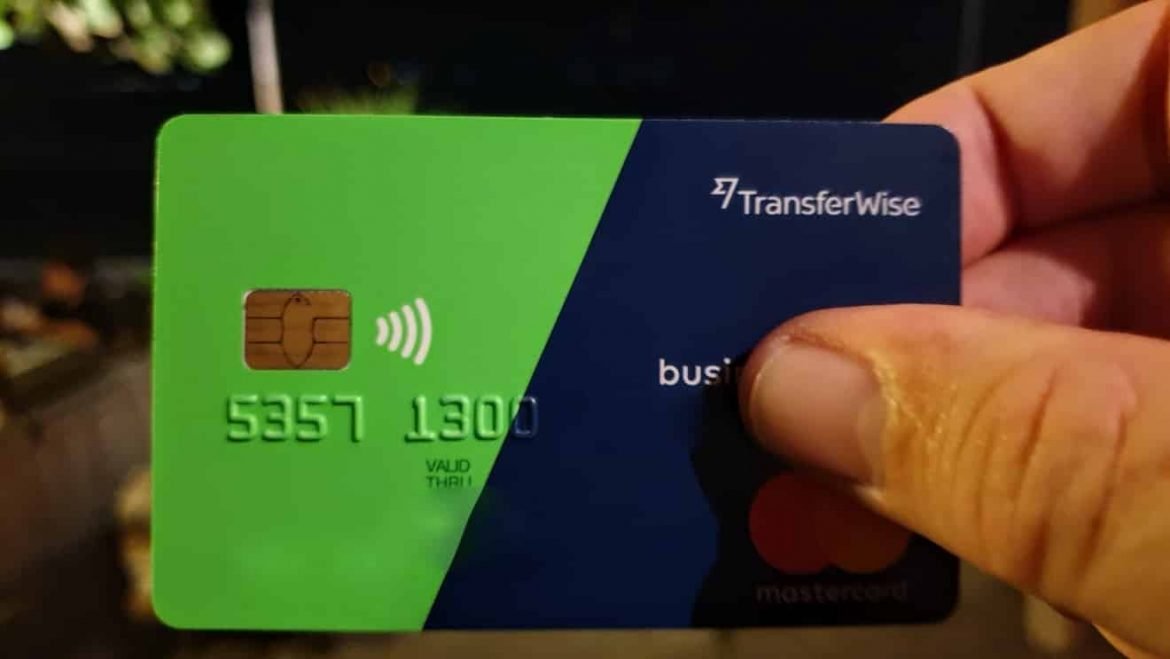
I use it constantly to transfer money to and from my home bank accounts and even to other people’s bank accounts in other countries. It has saved me a small fortune in unnecessary bank fees and international wire transfer charges.
Seriously, you need one, and not just for your Bali holiday but for travelling anywhere. I’ve written a separate article on why the Wise Debit Card is the best for travelling.
Where is the best place to exchange foreign currency?
You can exchange your USD for Bali currency (IDR) at major hotels, but these tend to have very poor exchange rates and often charge large commissions for the perceived convenience.
That’s why I definitely recommend using an authorised money changer, and you can find out everything you need to know from my article about safely using Money Changers in Bali.
Can I withdraw Bali currency from ATMs?
It’s perfectly safe to use your credit card (and some debit cards) to withdraw local Bali currency (IDR) from ATMs in Bali if you know which ones to use.
There have been instances of card skimmers and scams but you can easily avoid these by reading my comprehensive article on safely withdrawing cash from ATMs in Bali.



